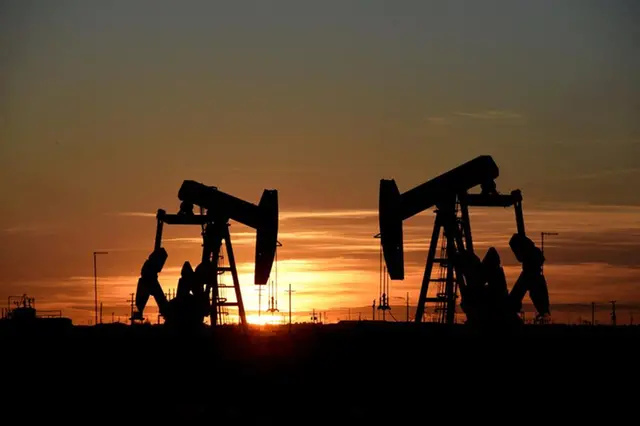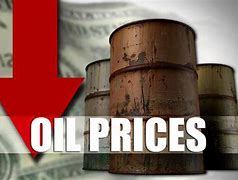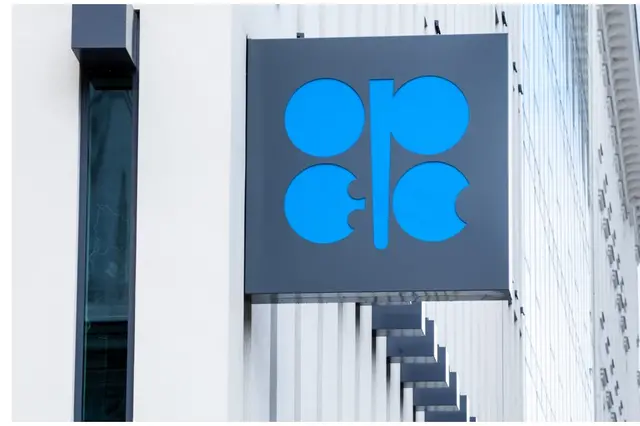Energy

US shale patch slows down as oil prices sink

Some small U.S. shale producers are putting the brakes on oil drilling as crude prices sink to multi-year lows and steep tariffs drive construction costs higher.
Less drilling could slow future output growth from the world's top oil producer. Total U.S. production is forecast to reach a new record this year at 13.7 million barrels per day (bpd), with some 9.7 million bpd coming from shale.
Both U.S. and international energy watchdogs have, however, cut their forecasts for 2025 total U.S. production growth.
The U.S. Energy Information Administration (EIA) cut its output growth forecast by 100,000 bpd to 300,000 bpd.
its U.S. supply growth forecast for 2025 by 150,000 bpd to 490,000 bpd, and also predicted global oil demand growth would fall to its slowest rate in five years.
Blackridge will drill only 10 of the 15 prospects it had planned at the start of the year because of the recent slump in oil prices, Daugherty said.
U.S. crude futures tumbled to a more than four-year low of $55.12 a barrel on April 9 as investors worried that tariffs could prompt an economic slowdown. The benchmark rebounded to over $62 that day after Trump announced a 90-day pause on tariffs for countries other than China, but remains pressured by the escalating trade war. On Thursday, U.S. crude settled at $62.79.
"There are people in the administration touting that oil should be in the $50s. Even the best acreage in the Permian isn't going to make much money in the $50s," said Dan Doyle, president and owner of Arena Resources, a Wyoming-based operator producing around 1,000 bpd, and fracking firm Reliance Well Services. The Permian is the largest U.S. oilfield.
Doyle is looking to delay plans to drill three wells next month at a drilling pad built in Powder River, Wyoming, potentially risking a large penalty.
"Nobody's going to make money at $60 oil," he said.
Powder River breakeven costs are among the highest in the U.S., according to research firm Wood Mackenzie, at around $58 a barrel, compared with the Permian basin, where operators can make money at $38-42 a barrel.
Matador Resources, which operates in the Delaware basin in the Permian, and produced 115,030 bpd in the first quarter, said on Wednesday it would drop one drilling rig by the middle of 2025 in response to recent price volatility, leaving the company with nine rigs.
Oil producers are set to report their first quarter earnings in the coming days.












